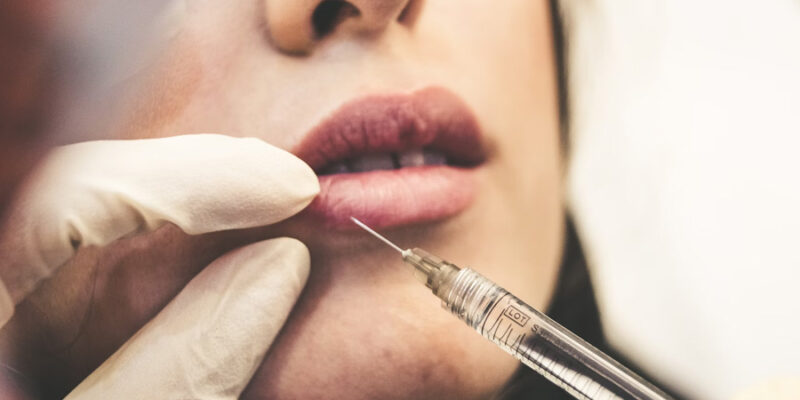When most people hear the word “Botox,” they immediately think of smooth foreheads and wrinkle-free skin. While Botox has become a household name in the cosmetic world, its medical applications go far beyond aesthetic enhancement. In fact, Botox was originally developed for medical purposes, and today, it’s used by doctors around the world to treat a wide range of health conditions—many of which have nothing to do with appearance.
Botox is a brand name for a purified form of botulinum toxin, which works by temporarily blocking nerve signals to muscles. When used in very small doses, it can safely reduce muscle activity, relax overactive nerves, and even relieve chronic pain. Its ability to precisely target specific areas has opened the door for innovative treatments across several fields of medicine.
One of the most well-known medical uses of Botox is for chronic migraine treatment. For people who suffer from debilitating headaches more than 15 days a month, Botox injections around the head and neck have been shown to significantly reduce the frequency and intensity of migraines. This treatment has been approved in many countries and is now a regular part of headache management for many patients.
Botox is also commonly used to treat a condition called hyperhidrosis, or excessive sweating. For those who struggle with constant underarm, hand, or foot sweating—even when it’s not hot—Botox can provide relief. When injected into the affected areas, it blocks the nerves that signal sweat glands, helping to keep the skin dry and improve confidence and comfort in everyday situations.
In the field of neurology, Botox is used to manage various muscle disorders. It can help reduce stiffness and muscle spasms in people with conditions like cerebral palsy, multiple sclerosis, or post-stroke spasticity. By relaxing overactive muscles, Botox can improve movement, reduce pain, and enhance quality of life for patients who might otherwise be limited by constant muscle contractions.
Another surprising use of Botox is in the treatment of an overactive bladder. For people who experience frequent, sudden urges to urinate or have trouble holding urine, Botox can be injected into the bladder muscle to calm it down. This treatment has helped many patients who haven’t responded well to other medications.
In recent years, researchers have even explored the use of Botox for managing depression. While it’s still being studied, early findings suggest that relaxing facial muscles involved in frowning may have a positive effect on mood, potentially by disrupting the brain’s feedback loop between expression and emotion.
As the understanding of Botox grows, so does its list of potential benefits. While its cosmetic uses remain popular, its role in modern medicine is increasingly valuable, providing relief and improving quality of life for people with a wide variety of conditions. Botox may have started as a beauty tool, but today, it’s much more than skin deep.














Comments